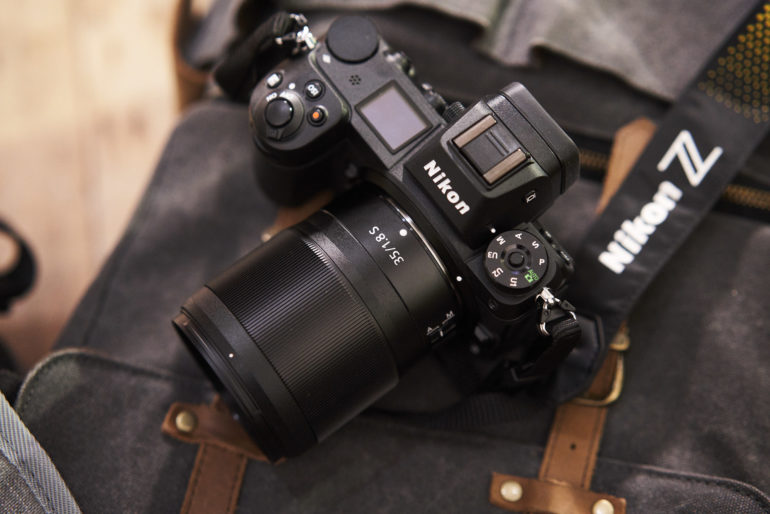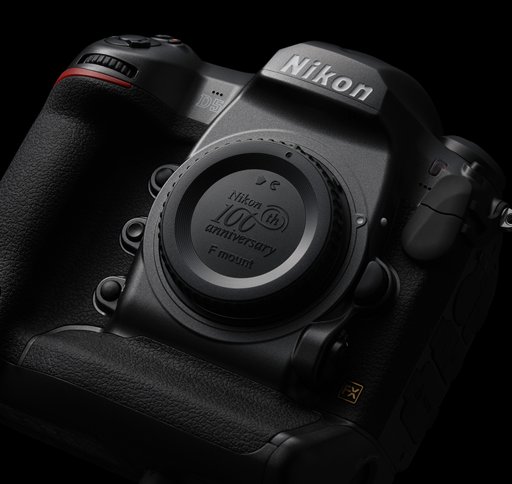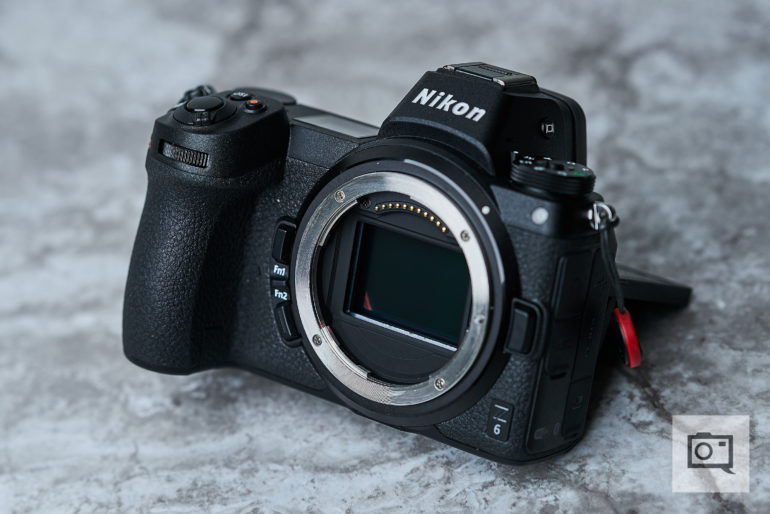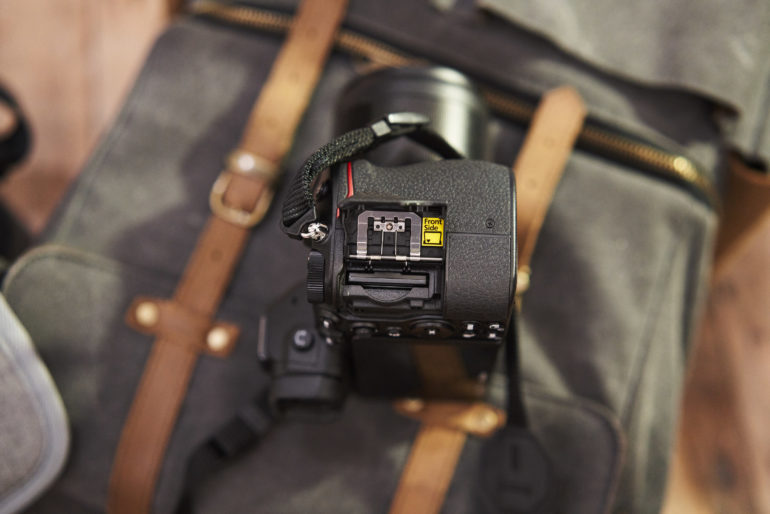The new high end Mirrorless Nikon D5 will be their answer to Sony’s a9.
The Nikon D5 is a camera that can be seen in the hands of professional sports photographers and photojournalists alike. The heavy duty, workhorse of a camera quickly set a standard for what a pro body camera should be. But apart from Sony’s a9, there is really no other Mirrorless camera on the market that could be considered a replacement for the Nikon D5, or the Canon 1Dx Mk II. All of that is about to change: a Mirrorless Nikon D5 is in the works. Join us after the break for more information, and to see what features we would like to see in this potential Mirrorless beast of a camera.
In a recent interview reported on by Engadget, Nikon’s president Toshikazu Umatate said that Nikon is currently working on a Mirrorless equivalent to its flagship professional DSLR, the Nikon D5. That’s all that was said: no mention of a timeline, not a peep about pricing, and zilch when it comes to information about specifications. One would have to imagine that Nikon has the Sony a9 firmly in their sights, so any new Mirrorless Nikon D5 (or whatever it will end up being called) will likely want to wipe the floor with that camera. There are going to be some challenges ahead for Nikon though.

As it stands, Nikon’s flagship Mirrorless camera is the Z7. The Z7 is a powerful camera that features a huge 45.7 Megapixel sensor, and in some ways the Z7’s specs top those that can be found in the current Nikon D5 DSLR. The Z7 (and the Z6) both have issues, particularly with autofocus, that would need to be addressed before Nikon can really launch a Mirrorless D5 and challenge what Sony can do with their Mirrorless cameras.
The first thing we would like to see is obviously an improved autofocus system. When the current line up of Z cameras was launched the AF system left a lot to be desired, but thanks to recent firmware updates things have improved. There is still some way to go to get to the levels that would be expected in a Mirrorless Nikon D5. We’re sure Nikon (and just about everyone else) is working hard on this, because as of right now, the a9 and other Sony cameras destroy pretty much every other camera out there when it comes to AF and tracking.

We, of course, would love for the Mirrorless Nikon D5 to be gripped for a couple reasons. Firstly, the extra battery capacity would be welcome by those working out in the field. The less time you have to spend worrying about batteries the better. Secondly, the ergonomics of the camera will be greatly improved, and it will be easier to hold when coupled with larger Z Mount lenses. Smaller form factor cameras like the a9 are great, but when in use with larger lenses, handling them can become unwieldy, especially after prolonged use.
In terms of sensor size, we’re sure that many would love for Nikon to use the huge 45.7 Megapixel sensor that’s found in the Z7. In reality, it will likely be more akin to the 24.5 Megapixel sensor found in the Z6, and it will probably be paired with a new image processing unit. The reason for using the smaller sensor will come down to being able to shoot at ridiculously high frame rates. The Sony a9, with its 24.3 Megapixel sensor, can rattle off 20 frames per second, whereas the current D5 can hit 12 frames per second (granted, it is an older camera).

The new Mirrorless Nikon D5 will need to consistently hit 20 frames per second, in order to give the Sony a9 a run for its money. The other reason for using a smaller sensor will be for heat dissipation reasons. Heat is still a major hurdle to overcome when it comes to Mirrorless cameras, so this will have to be taken into consideration; unless of course, Nikon can come up with a way to stop their cameras melting into a pile goo when under constant heavy load.
There are of course a few more things we would love to see in any Mirrorless Nikon D5. Dual card slots are an absolute must, as is the inclusion of IBIS. These just have to happen. A blackout free, high-resolution electronic viewfinder is essential if the camera is going to be used during action events, and sports photography. Larger, more powerful batteries are always a winner. While battery life on the Z6 and Z7 is pretty good, there’s definitely room for improvement.

A LAN connection or a highly efficient, fast Wi-Fi connection, and applications that work just as fast for problem free file transfer are musts too. Photographers working out in the field often need to get their images back to HQ in a heartbeat, so this really needs to be included as well. These are just a few things we would like to see in what would become Nikon’s new flagship camera. What else would you like to see in a Mirrorless Nikon D5? Let us know in the comment section below.

